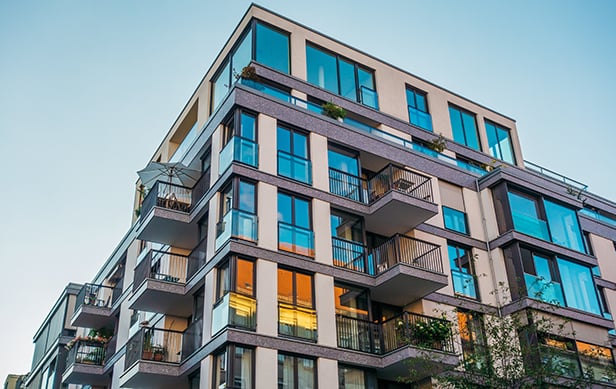 Early inJanuary of this year, the City of Boston made building green thelaw of the land for all construction in excess of 50,000 sf. As aresult of that legislation, a developer who wants to build inBoston must ensure the project meets the Certified level of the USGreen Building Council's Leadership in Energy & EnvironmentalDesign rating system.
Early inJanuary of this year, the City of Boston made building green thelaw of the land for all construction in excess of 50,000 sf. As aresult of that legislation, a developer who wants to build inBoston must ensure the project meets the Certified level of the USGreen Building Council's Leadership in Energy & EnvironmentalDesign rating system.
According to the USGBC, other cities beat Boston to thepunch, but none of them approach the size of Boston. These includePasadena, CA and Babylon, NY. Among cities of size, New York City'sLocal Law 86 went into effect simultaneously with Boston, but itaddresses only projects with a public-fund component. Washington,DC, according to the DC-based Building Owners & ManagersAssociation, has enacted similar legislation, but thatwon't go into effect until 2009. (Click to USGBCfor a complete list).
So Boston's stance is a watershed one among majormetropolitan areas and it carries major implications for the realestate industry. Recently, Menino and Boston Environmental &Energy Services chief James W. Hunt III sat down for a discussionabout the origin and goals of the program and how the privatesector helped form it.
Continue Reading for Free
Register and gain access to:
- Breaking commercial real estate news and analysis, on-site and via our newsletters and custom alerts
- Educational webcasts, white papers, and ebooks from industry thought leaders
- Critical coverage of the property casualty insurance and financial advisory markets on our other ALM sites, PropertyCasualty360 and ThinkAdvisor
*May exclude premium content
Already have an account?
Sign In Now
© 2024 ALM Global, LLC, All Rights Reserved. Request academic re-use from www.copyright.com. All other uses, submit a request to [email protected]. For more information visit Asset & Logo Licensing.








